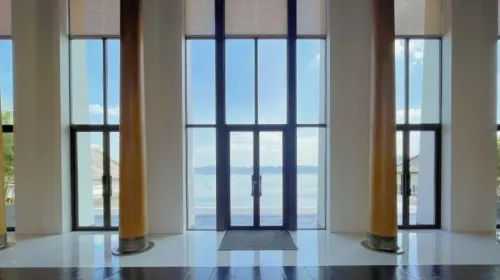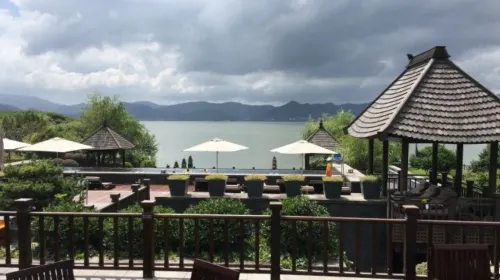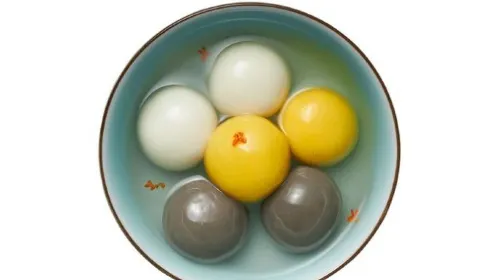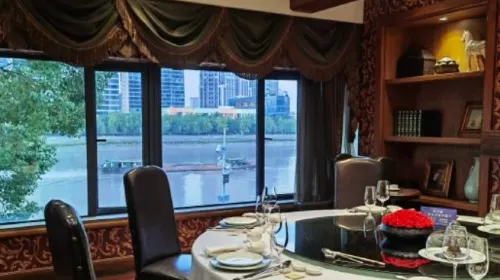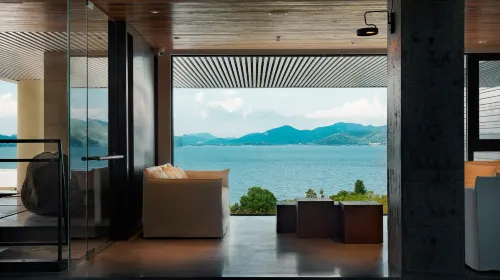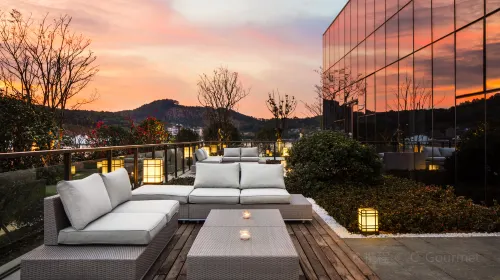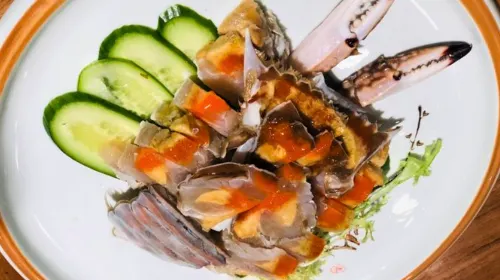Best Restaurants in July in Zhaobaoshan Subdistrict (Updated 2025)
 View on Map
View on MapCuisines
All
Fast Food
Jiangzhe Cuisine
Snacks
Specialties
Open Late
Afternoon Tea
Instagrammable
Business Hours
0:00 am~5:00 am
5:00 am~10:00 am
10:00 am~02:00 pm
Price
JPY 0
JPY 19661+
Provided Services
Free Wi-Fi
Booster Seats
Private Dining Rooms
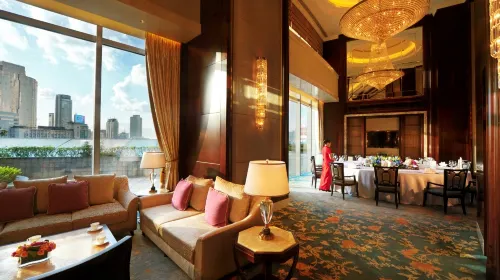
 活力的维维Ningbo Shangri-La Hotel enjoys an excellent geographical location and an unparalleled river view of Sanjiangkou.
The Xiang Palace is located on the first and second floors of the hotel. The restaurant perfectly combines classic and modern, simple and fashionable with elegant and gorgeous. It is luxurious and elegant. There are 16 private rooms on the second floor. Each private room has an independent entrance and unique design. They are all named after flowers, such as "Peony Hall", "Lilac Hall" and "Hibiscus Hall".
Xiang Palace combines Ningbo cuisine with Cantonese cuisine, and launches new dishes every season. The dishes are fresh and original, such as steak stewed with Fenghua taro: This dish uses taro heads from Qiange Village, Fenghua, because there is a yellow mud layer in the soil, and the taro grown here is the softest and most glutinous. When the yellow steak and taro heads are stewed, there is a fragrance. While the taro heads have a glutinous texture, they are very delicious because they absorb the gravy of the steak, which also reduces the greasiness of the steak. The steak is very large.
Handmade Ningbo glutinous rice balls. His glutinous rice balls are different from other restaurants. No water is used during the whole process of kneading the dough, but milk and coconut milk are used. The sesame filling of the glutinous rice balls is sweet but not greasy, and the taste is smooth, especially the layer of osmanthus sprinkled on the surface, which is fragrant.
The waiters speak softly and smile, and will actively recommend special dishes and change the bone dish in time.
活力的维维Ningbo Shangri-La Hotel enjoys an excellent geographical location and an unparalleled river view of Sanjiangkou.
The Xiang Palace is located on the first and second floors of the hotel. The restaurant perfectly combines classic and modern, simple and fashionable with elegant and gorgeous. It is luxurious and elegant. There are 16 private rooms on the second floor. Each private room has an independent entrance and unique design. They are all named after flowers, such as "Peony Hall", "Lilac Hall" and "Hibiscus Hall".
Xiang Palace combines Ningbo cuisine with Cantonese cuisine, and launches new dishes every season. The dishes are fresh and original, such as steak stewed with Fenghua taro: This dish uses taro heads from Qiange Village, Fenghua, because there is a yellow mud layer in the soil, and the taro grown here is the softest and most glutinous. When the yellow steak and taro heads are stewed, there is a fragrance. While the taro heads have a glutinous texture, they are very delicious because they absorb the gravy of the steak, which also reduces the greasiness of the steak. The steak is very large.
Handmade Ningbo glutinous rice balls. His glutinous rice balls are different from other restaurants. No water is used during the whole process of kneading the dough, but milk and coconut milk are used. The sesame filling of the glutinous rice balls is sweet but not greasy, and the taste is smooth, especially the layer of osmanthus sprinkled on the surface, which is fragrant.
The waiters speak softly and smile, and will actively recommend special dishes and change the bone dish in time.